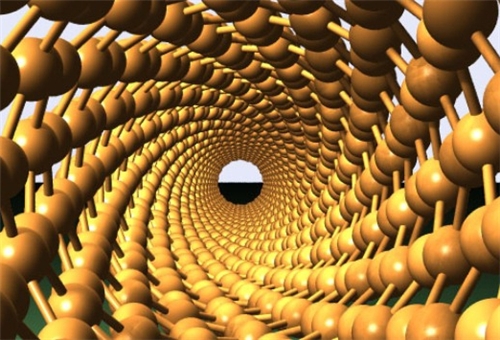Ionic Liquids Used to Produce Two-Dimensional Zinc Oxide Nanostructures

In addition to biocompatibility, this method easily enables the control of size and the final structure of the product.
In this research, zinc oxide nanostructures were produced through sonochemical method. The use of this method reduces the time of the production of zinc oxide nanostructures and zinc oxide nanostructures were produced in only half an hour. The method decreases the amount of consumed energy and increases the yield of the process.
DABCO-based ionic liquids were produced in this research, and they were used as cast to produce zinc oxide nanostructures. The use of ionic liquids is a green and environmental friendly method that does not produce any undesirable material during the production process.
According to the results, the use of ionic liquids in water not only prevents excessive increase in the size of particles, but also provides appropriate conditions for the meaningful growth of plate-type nanostructures.
The results showed that the use of various ionic liquids resulted in the formation of homogenous nanoplate structure in 30 minutes. Reduction in the particle size of zinc oxide nanostructures and reduction in their band gap are among other advantages of the use of ionic liquids. Moreover, when alkaline chain becomes longer and DABCO ring is decationized, more homogenous and regular structures are formed.
Results of the research have been published in Ceramics International, vol. 40, issue 60, March 2014, pp. 7769-7774.
